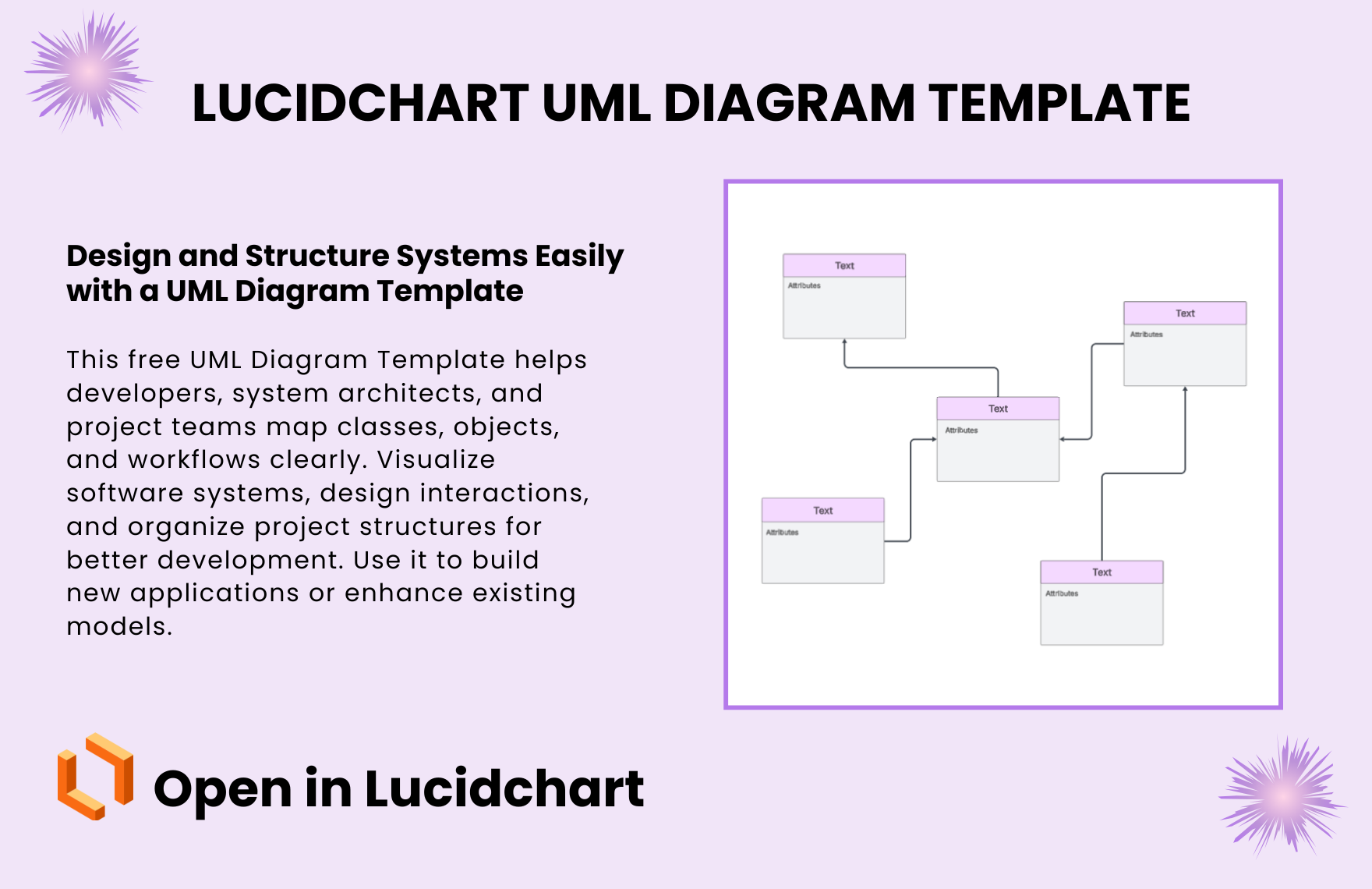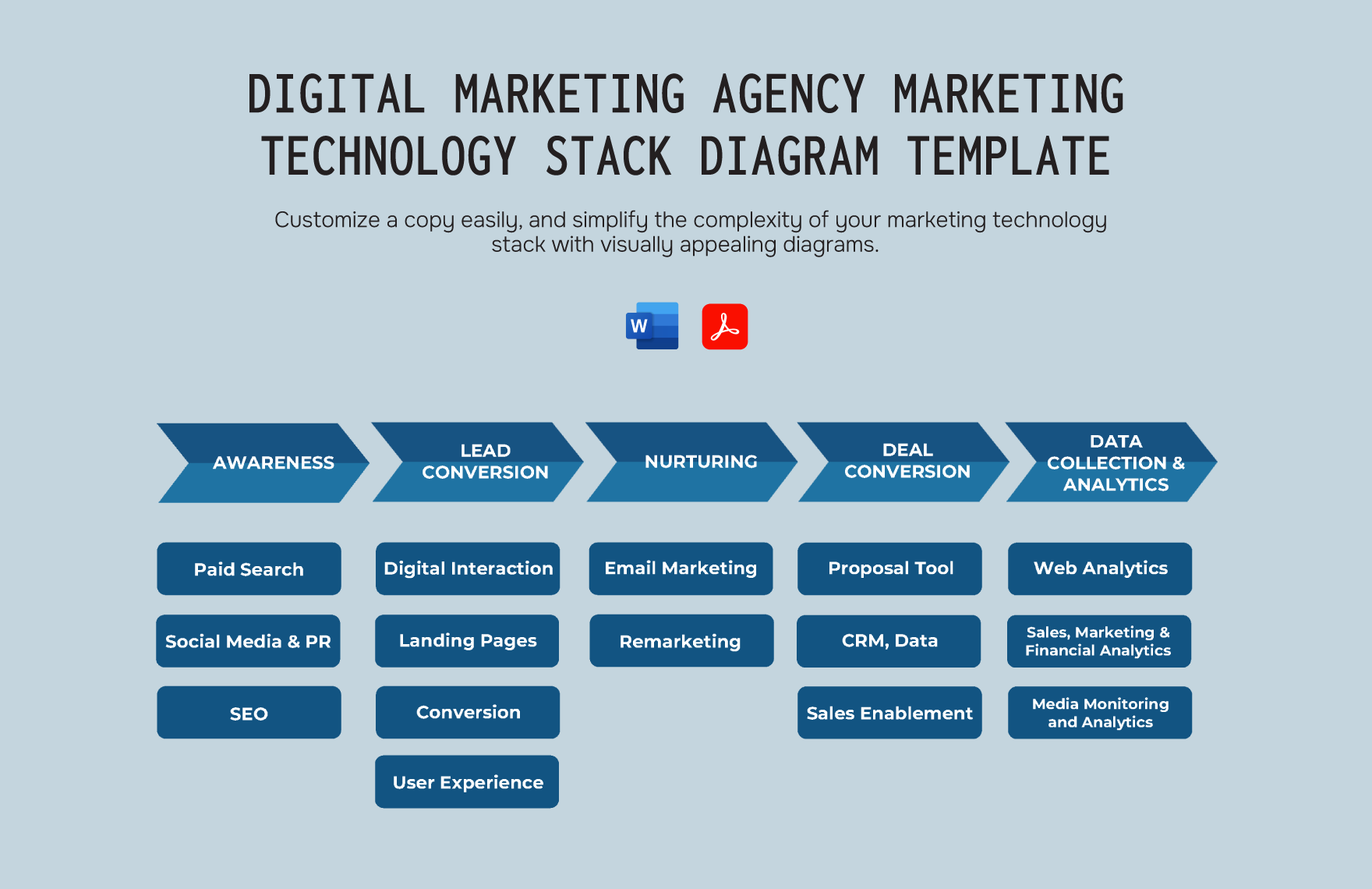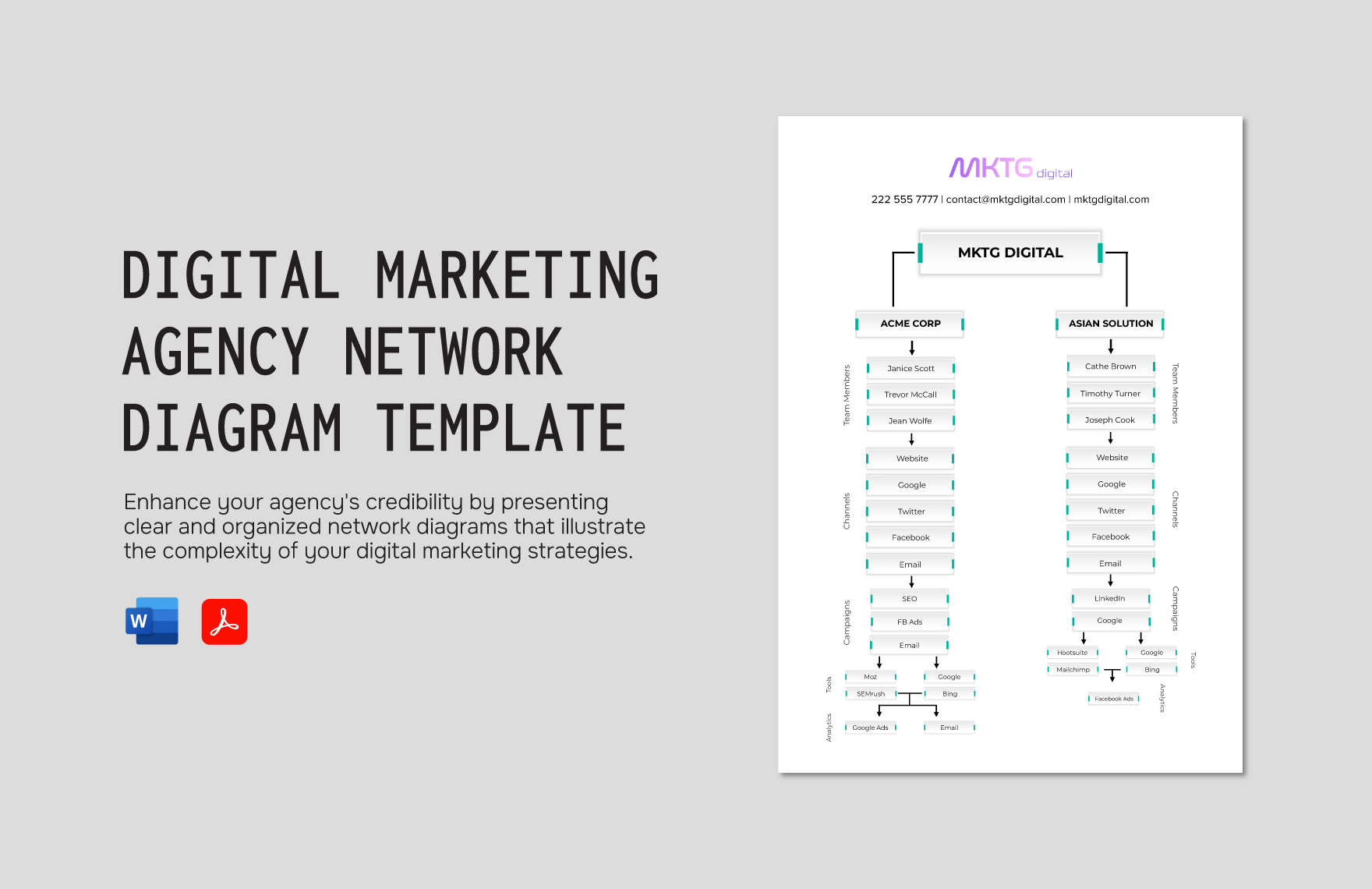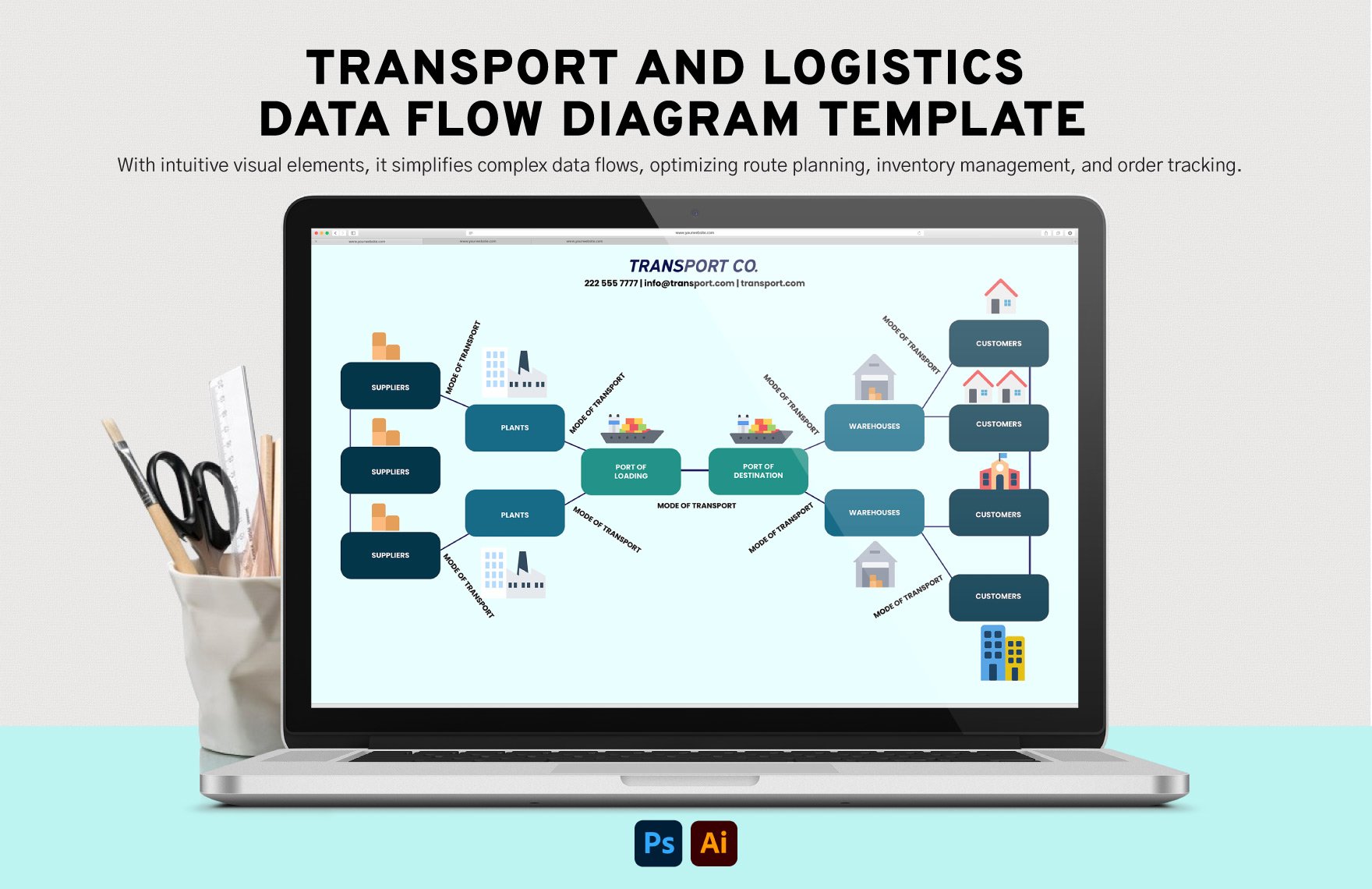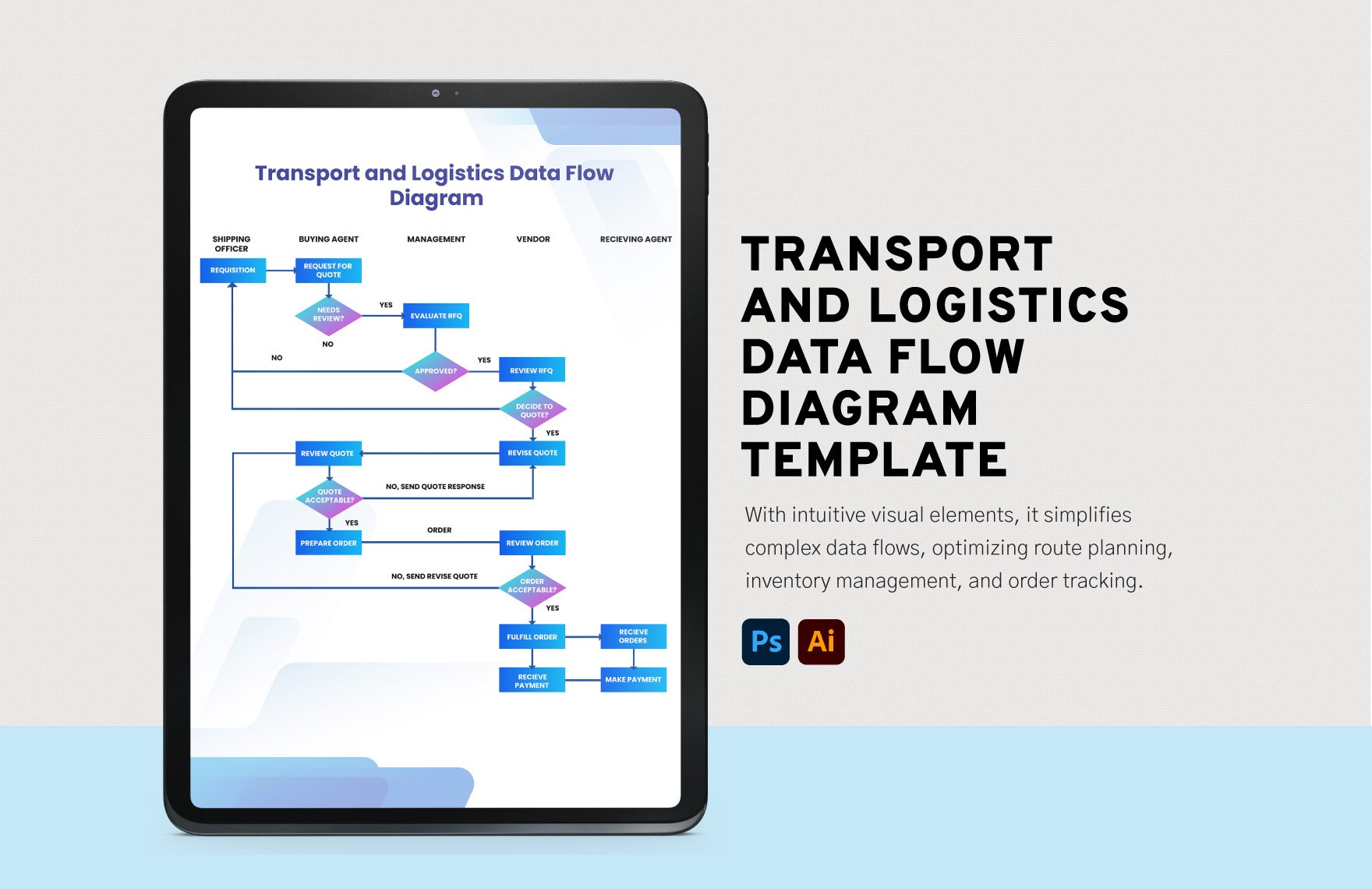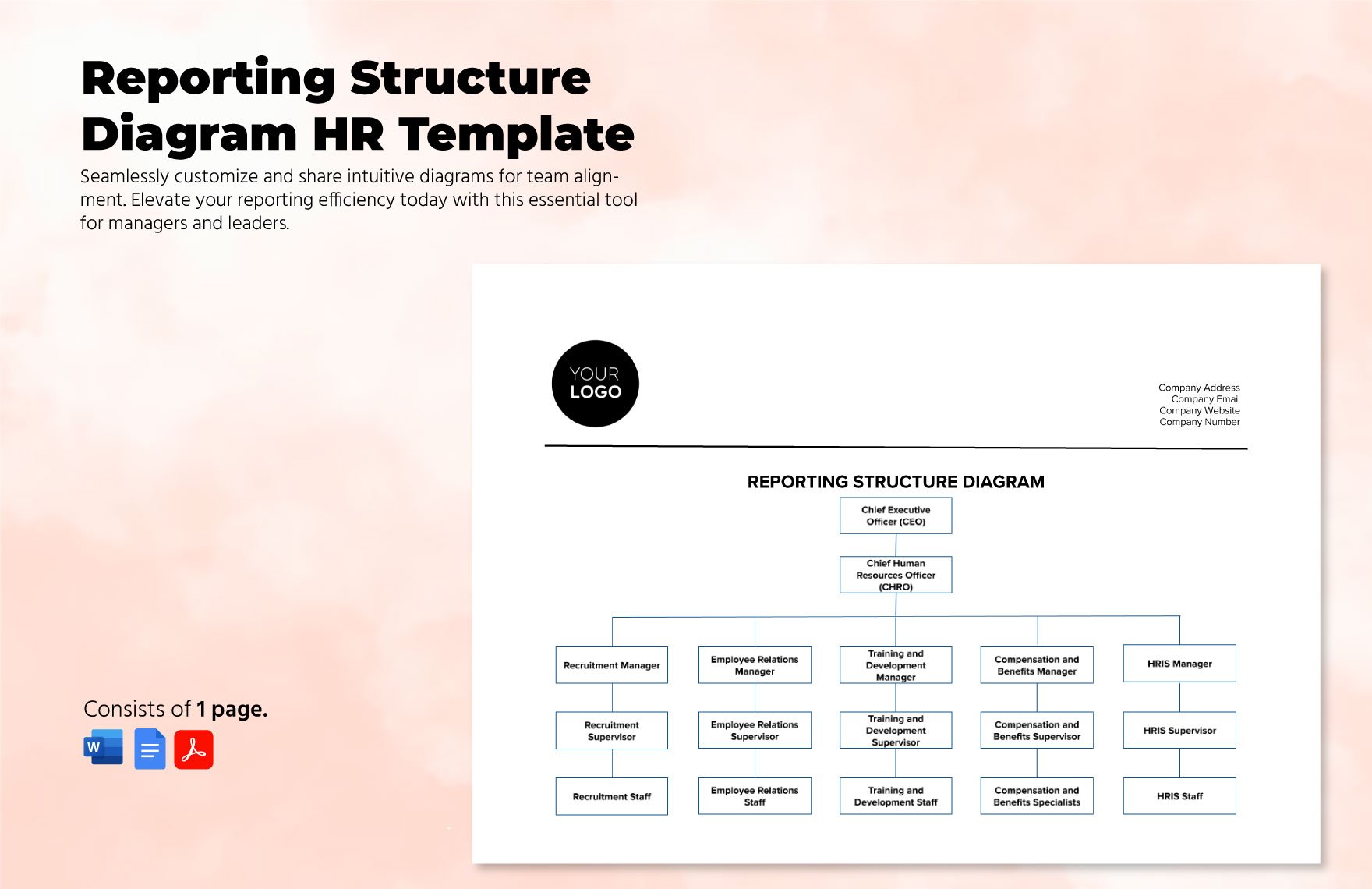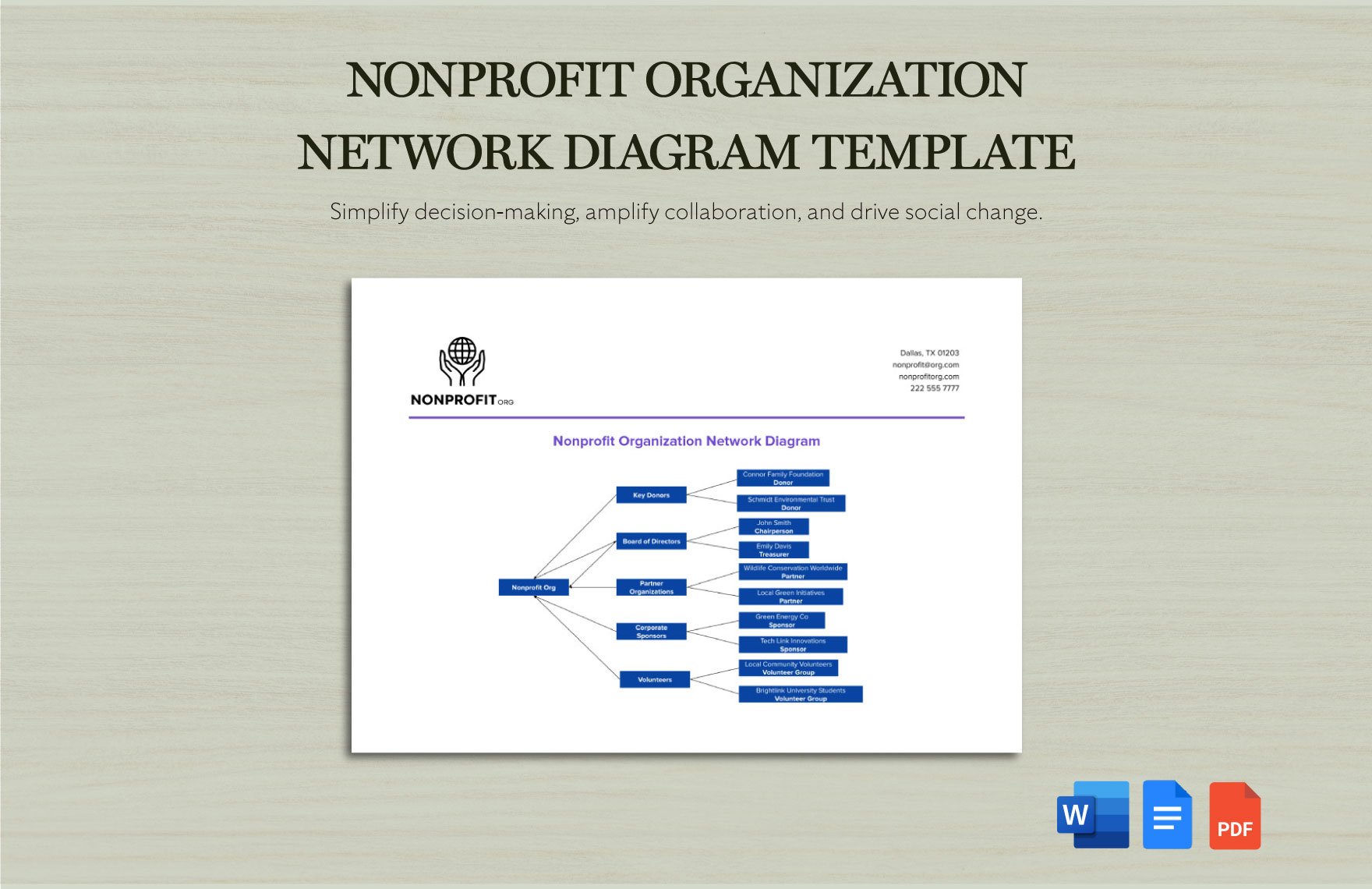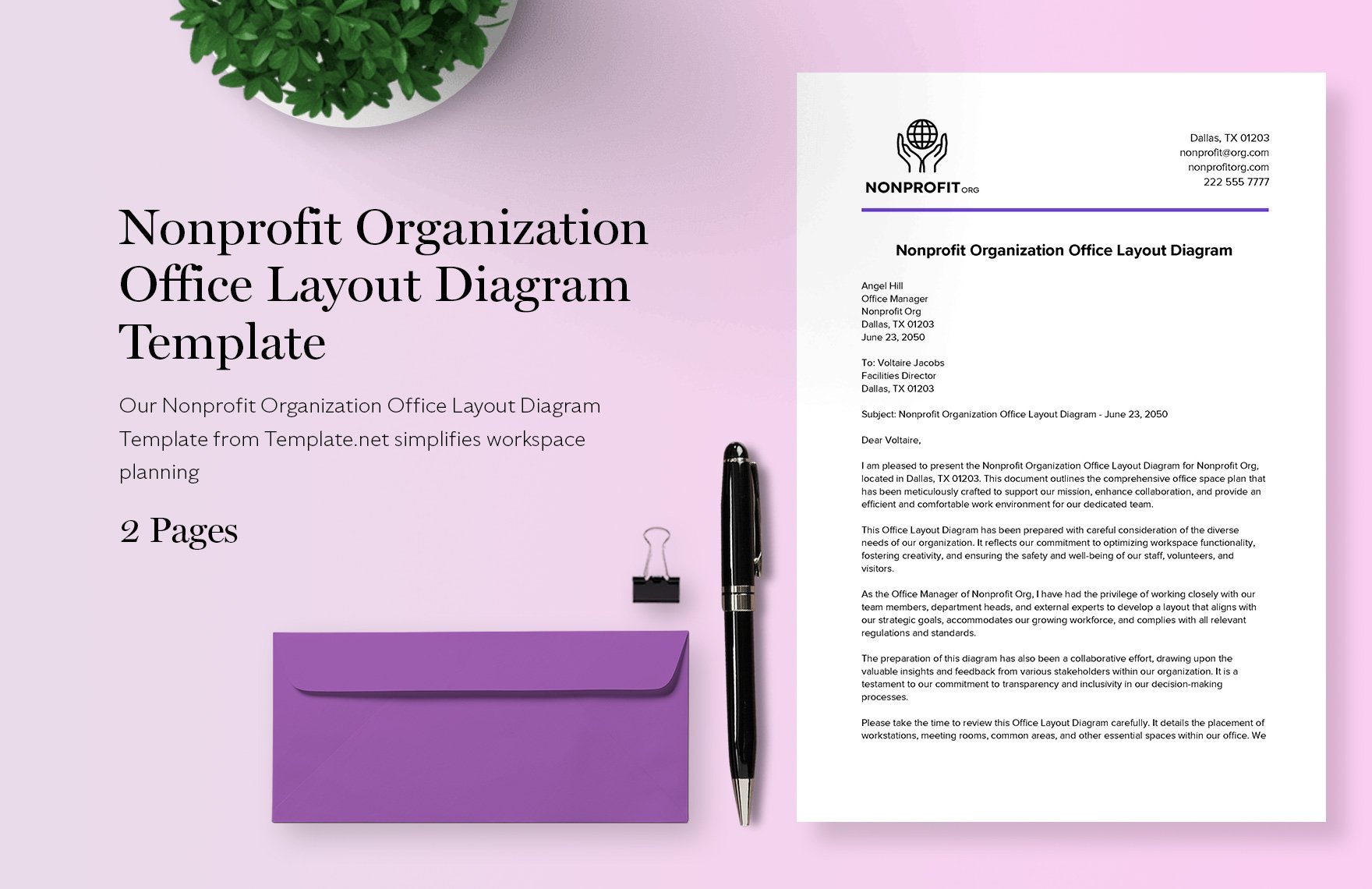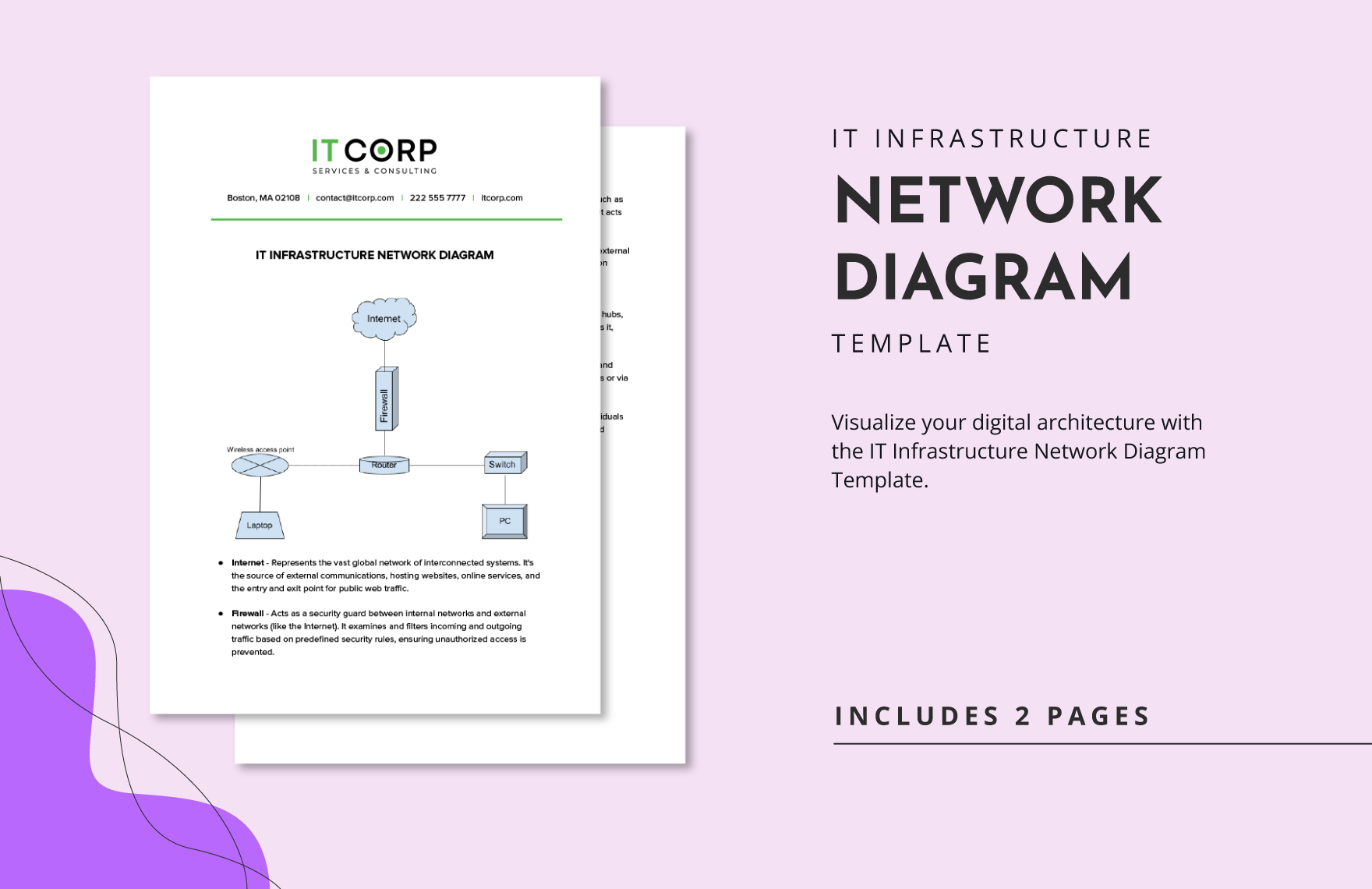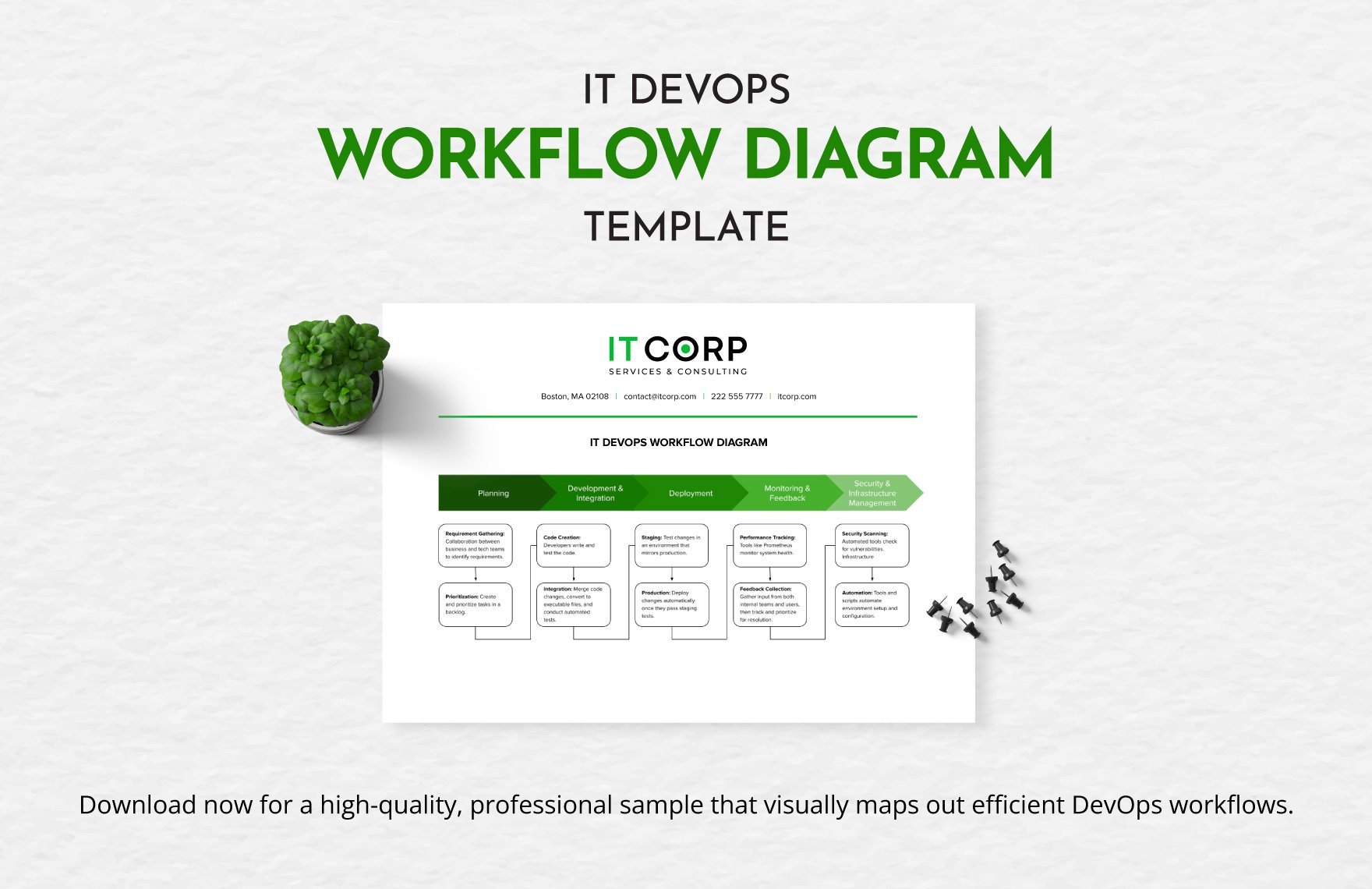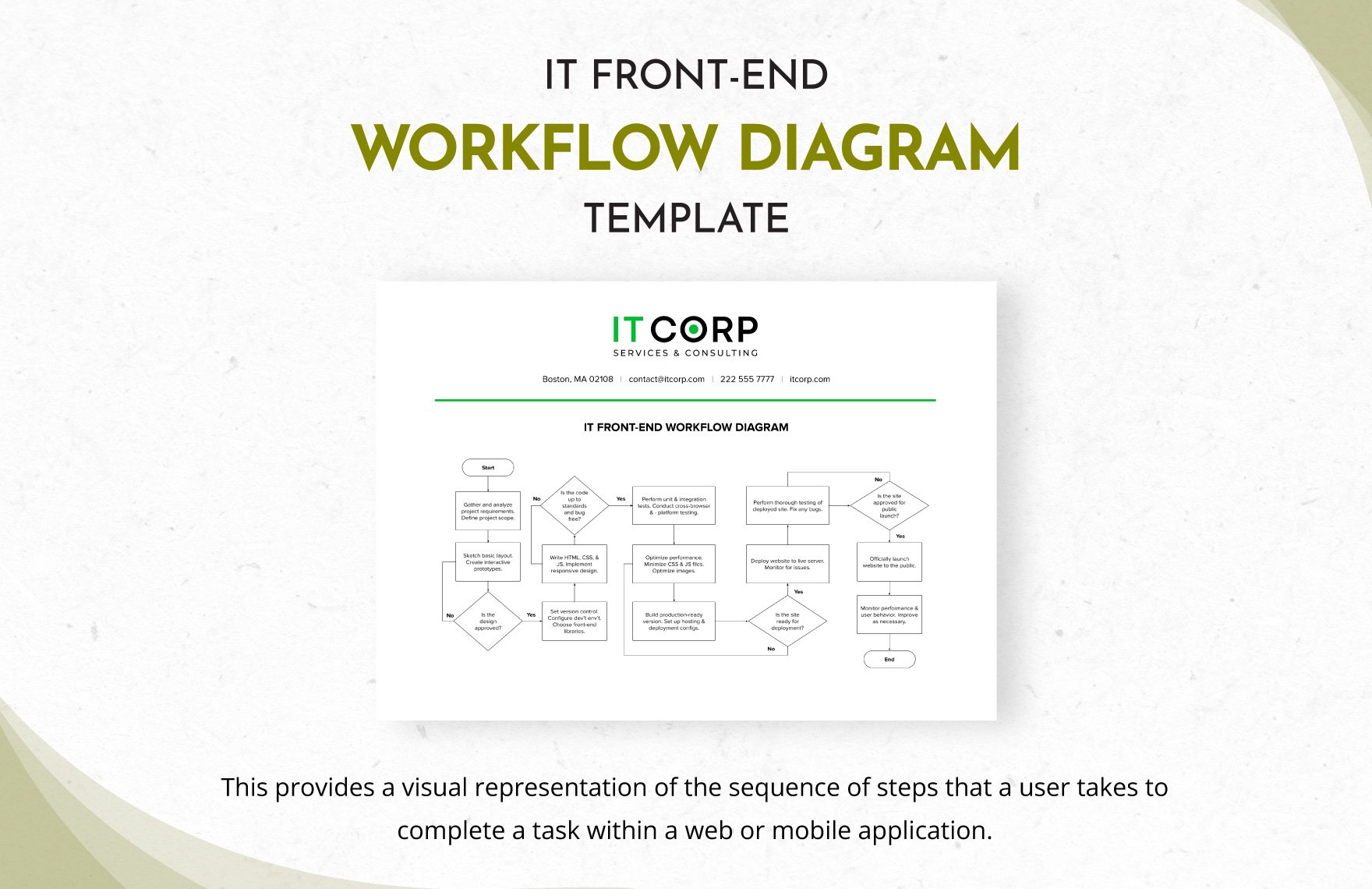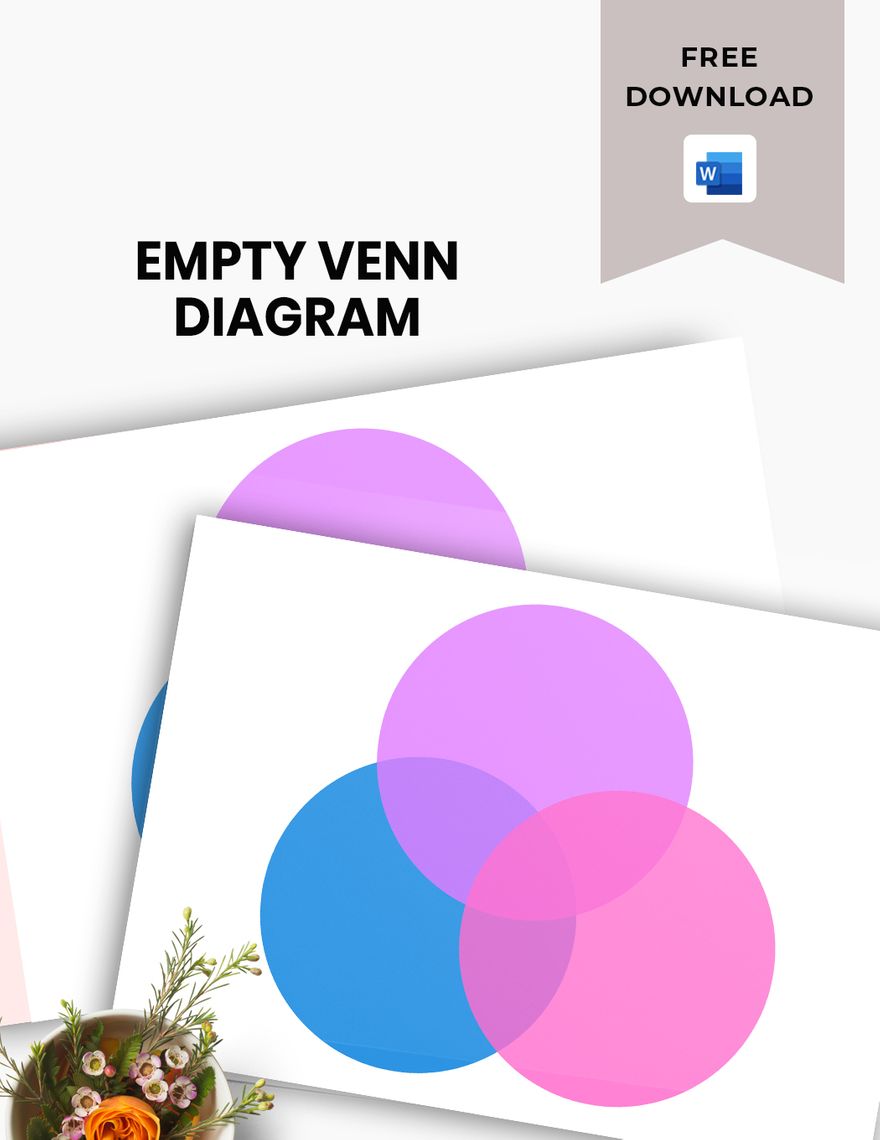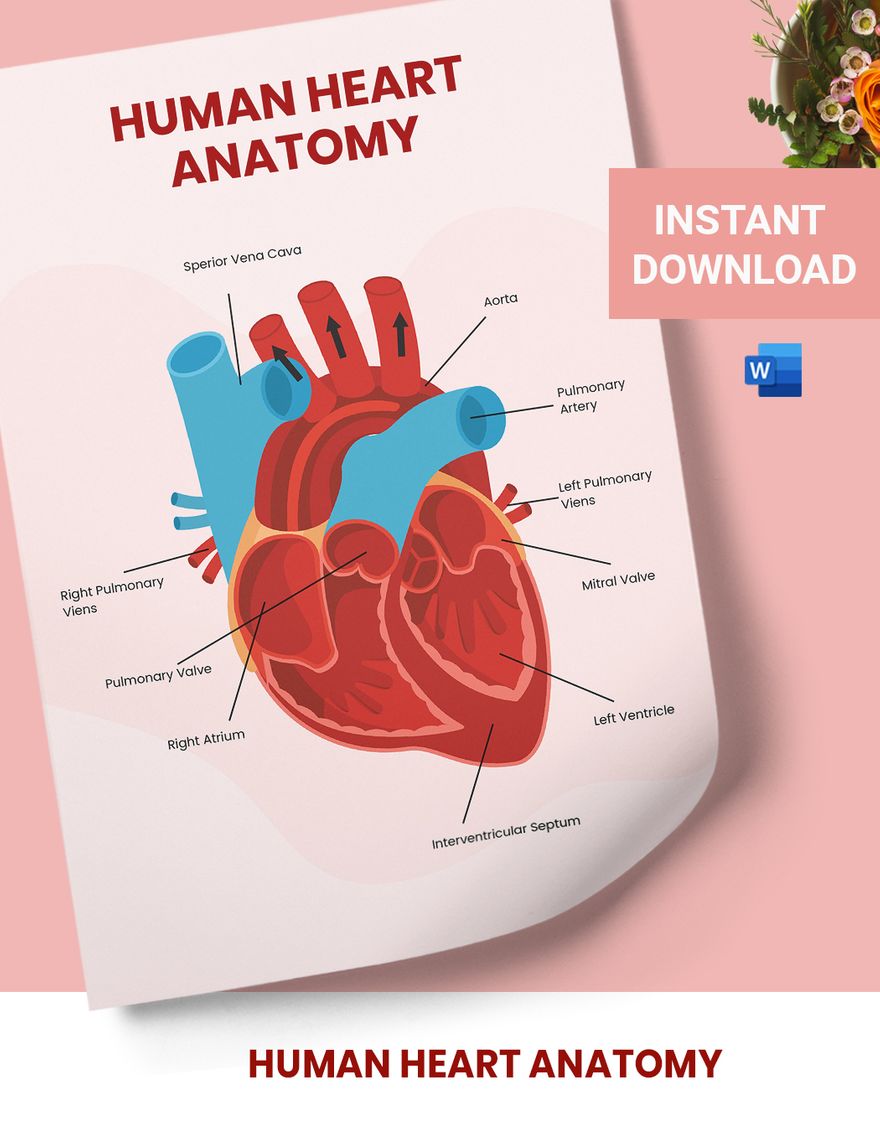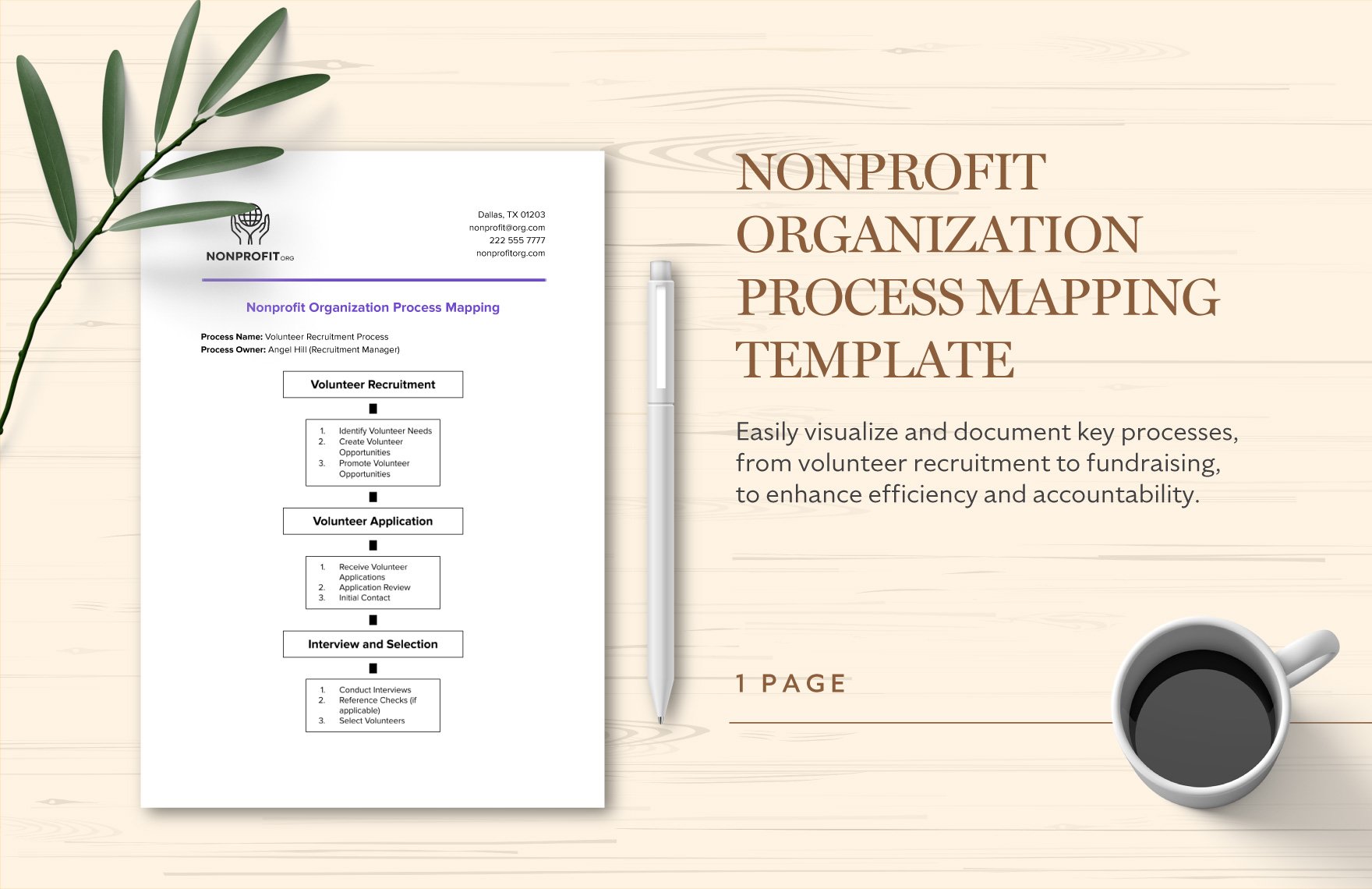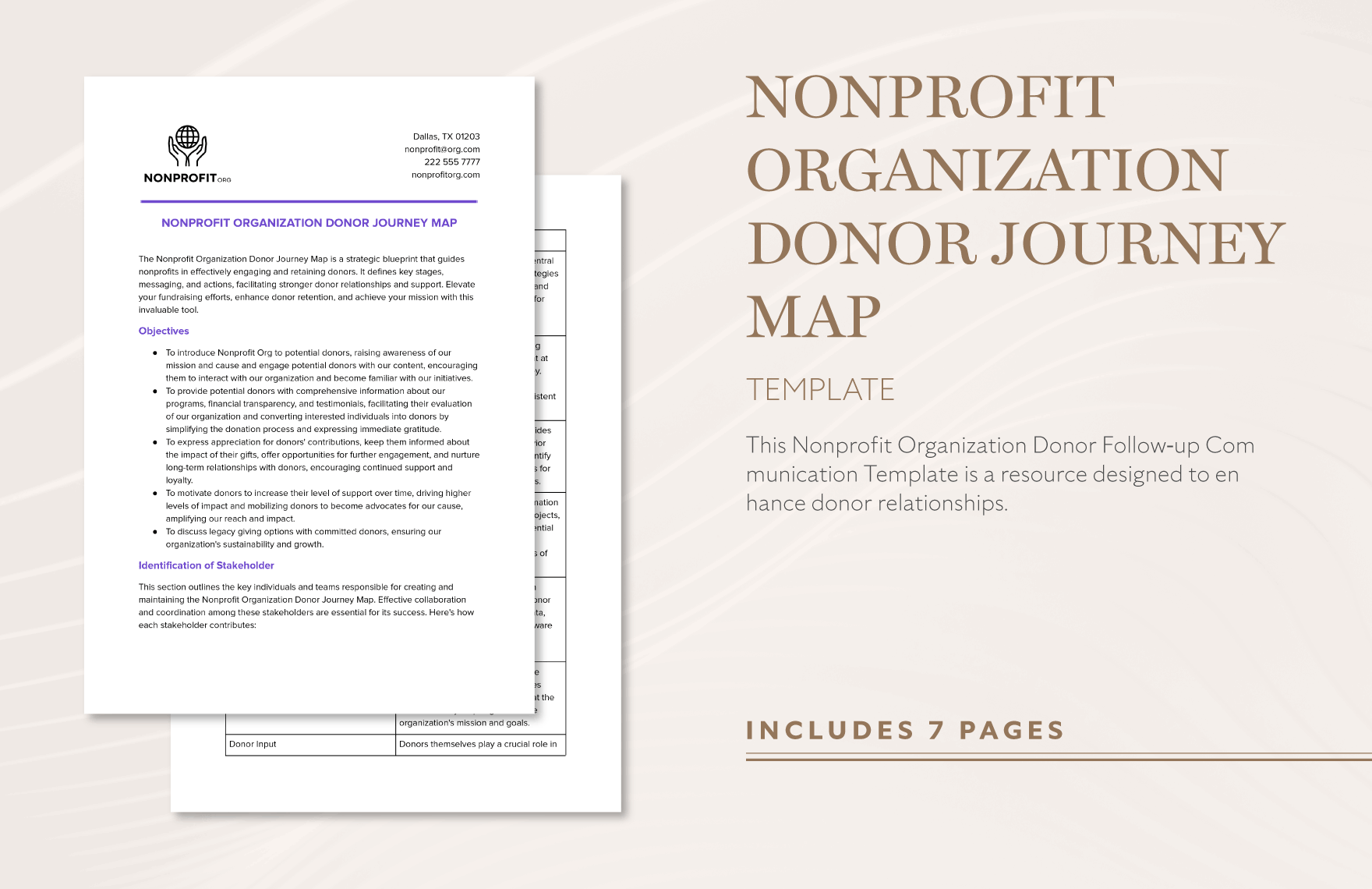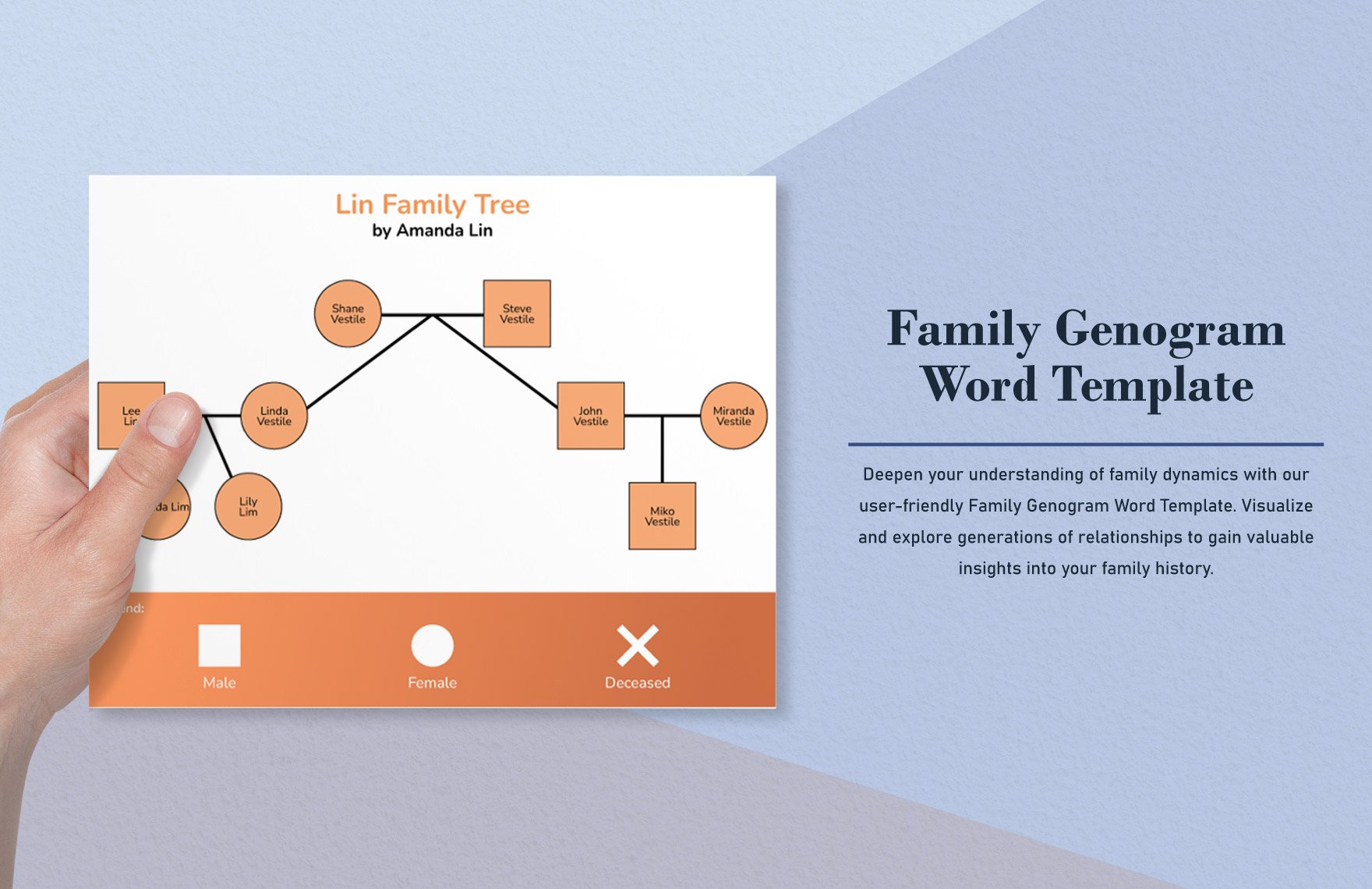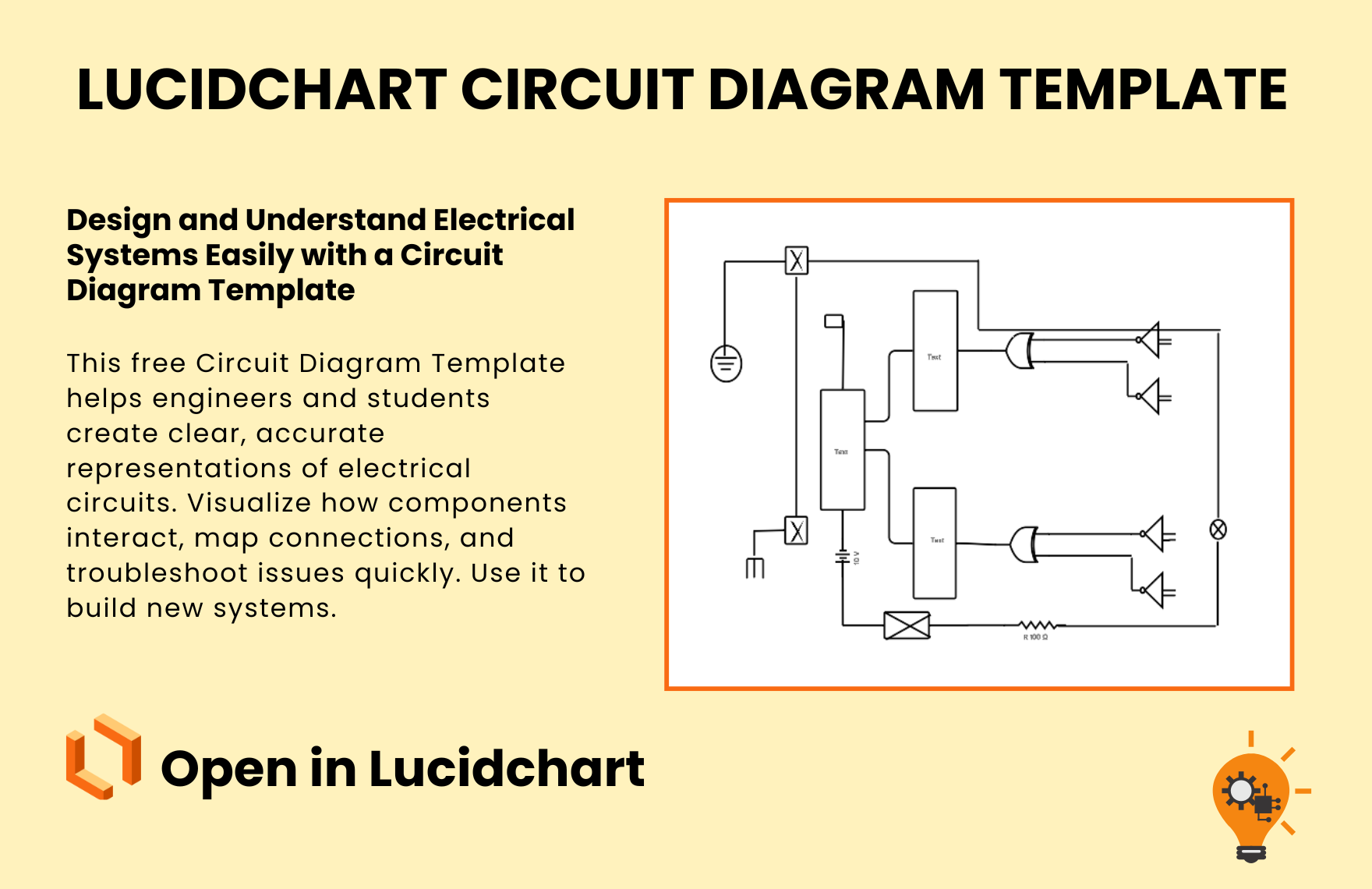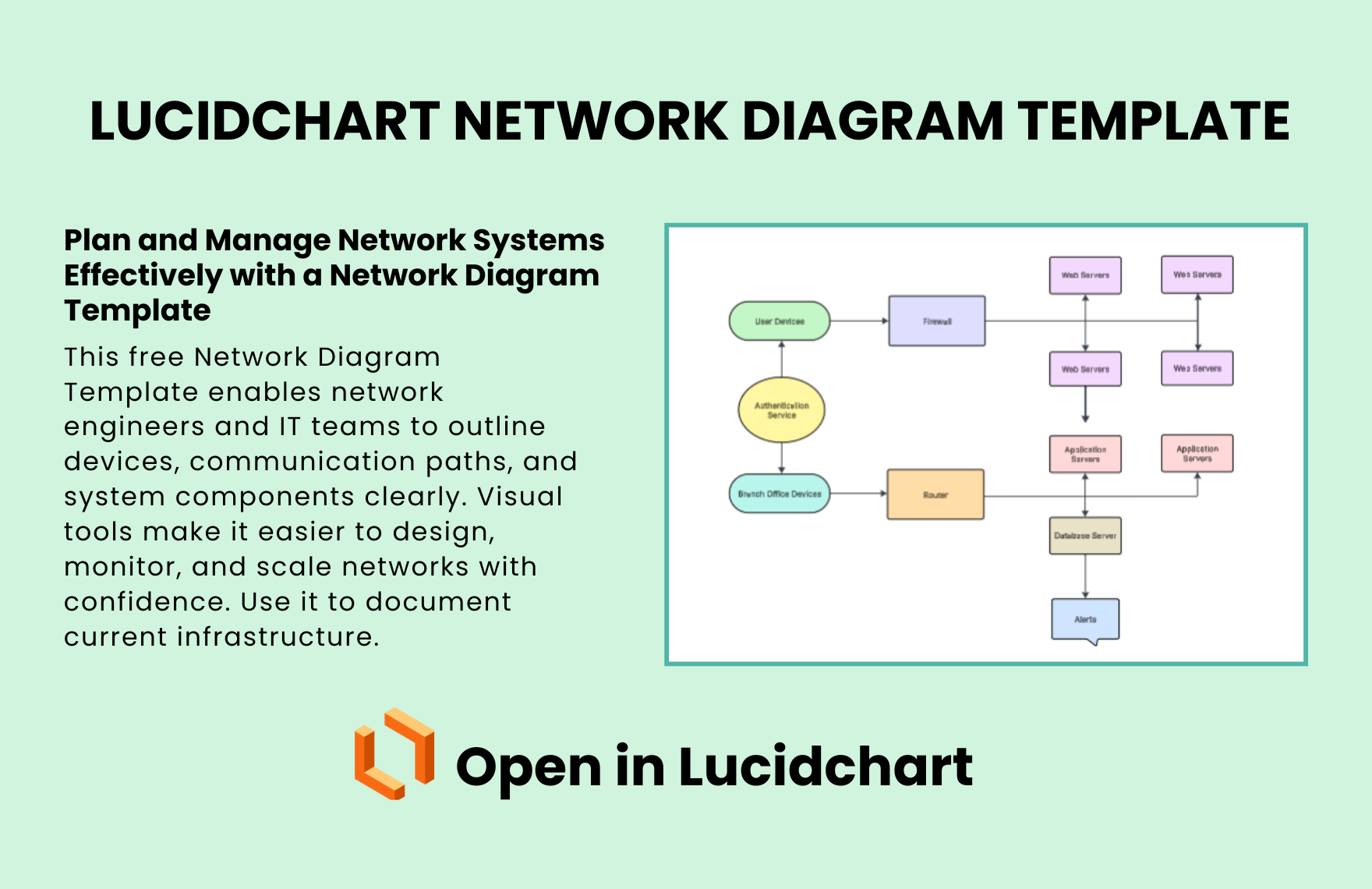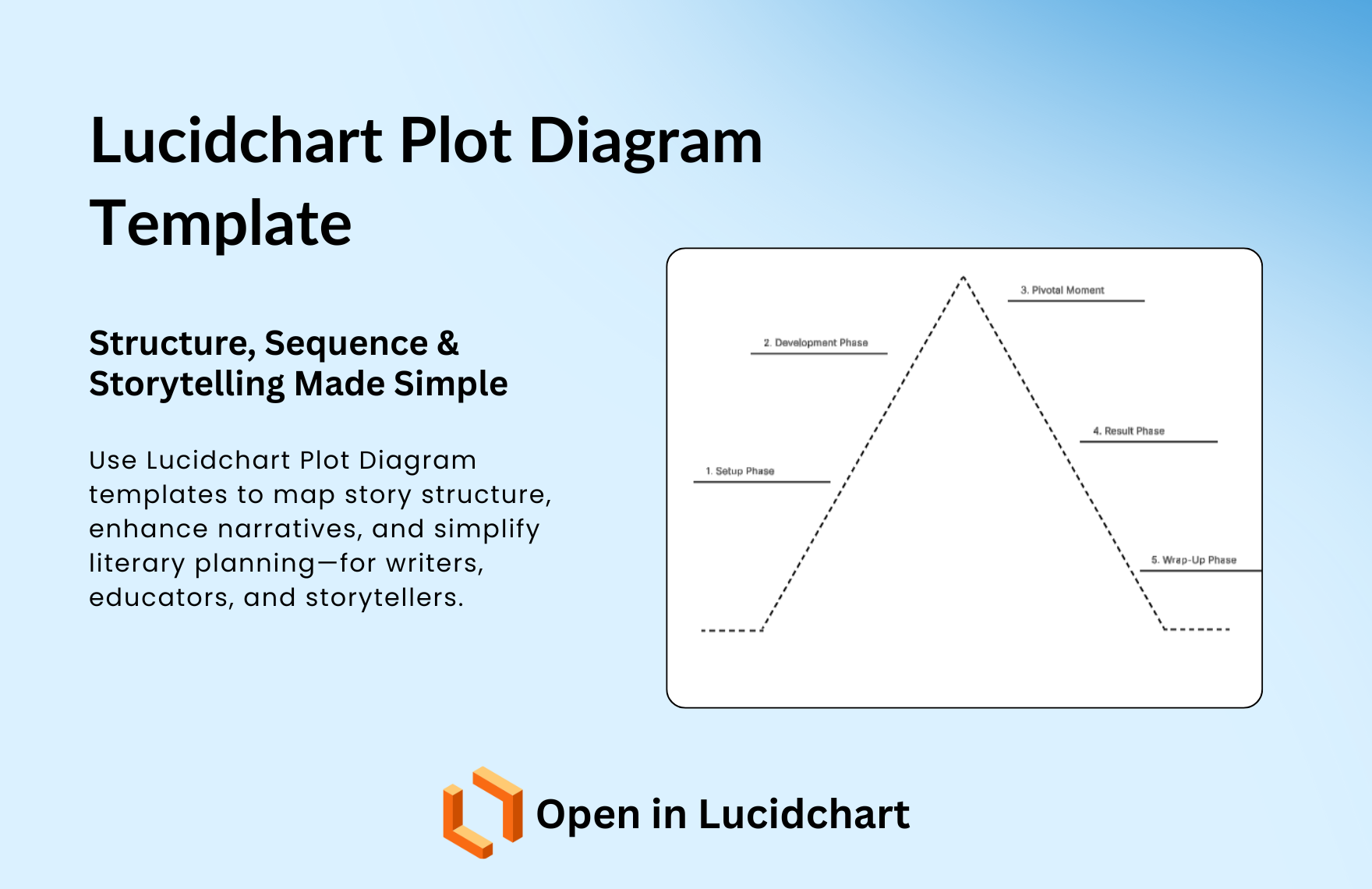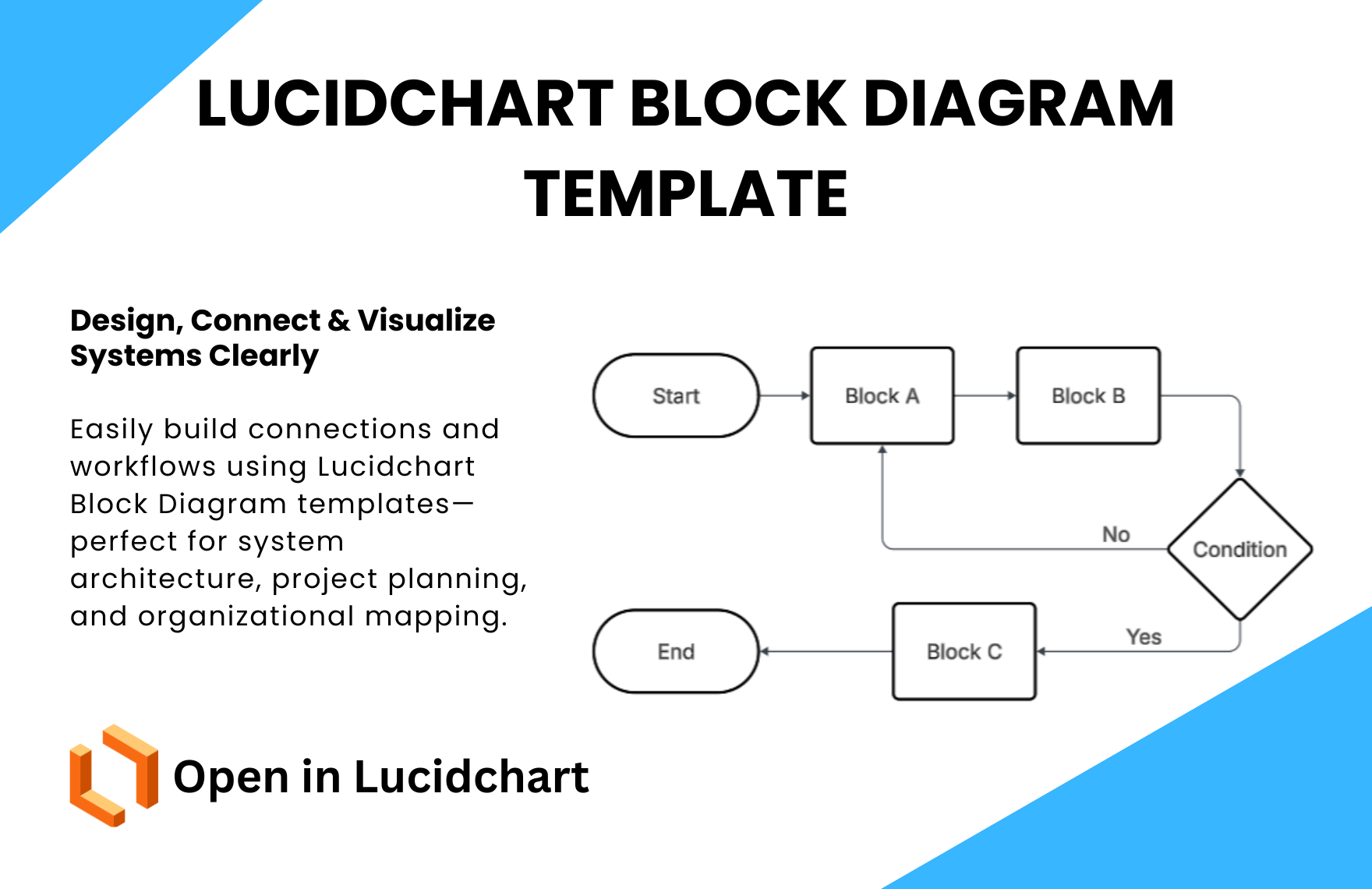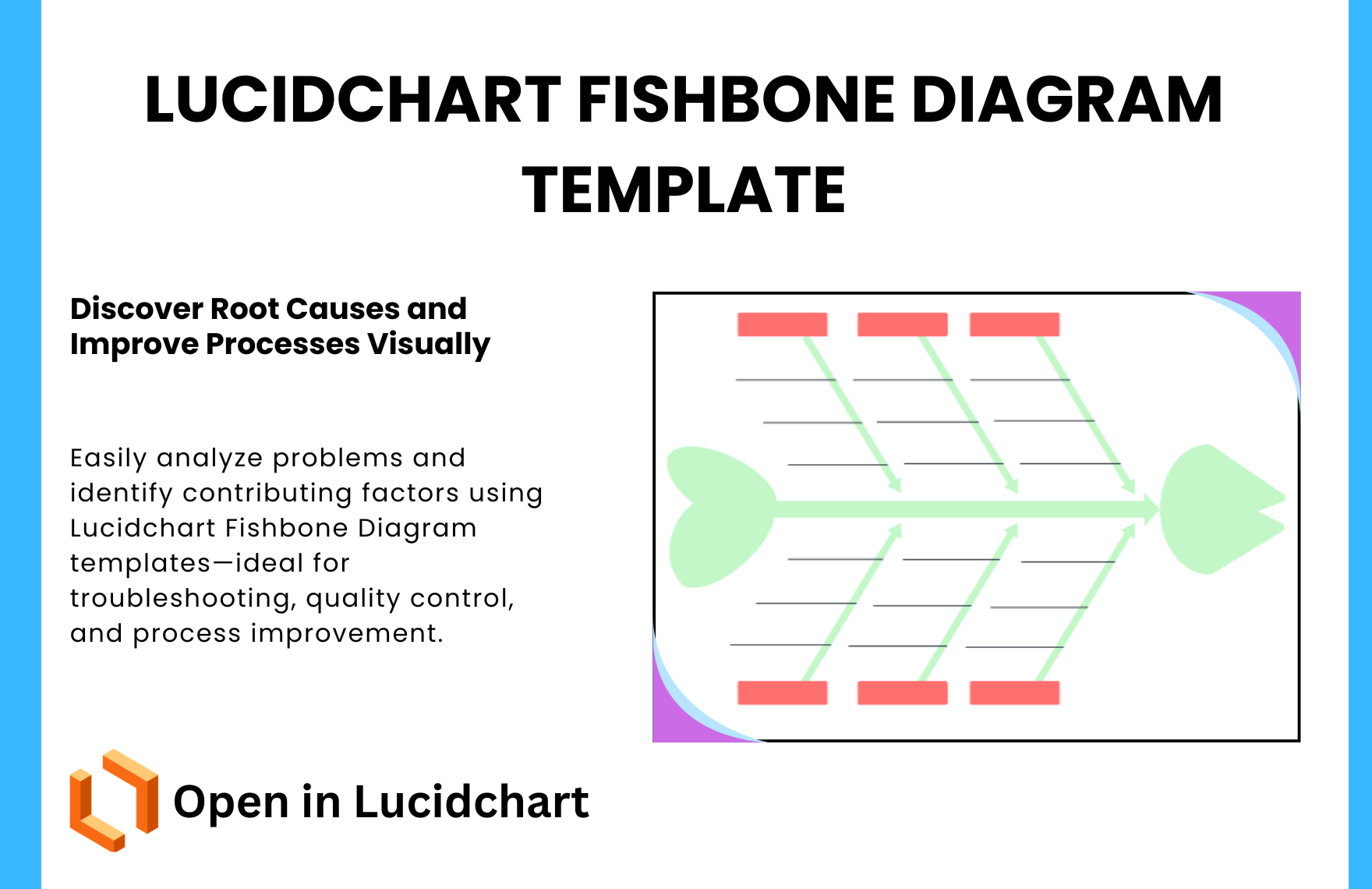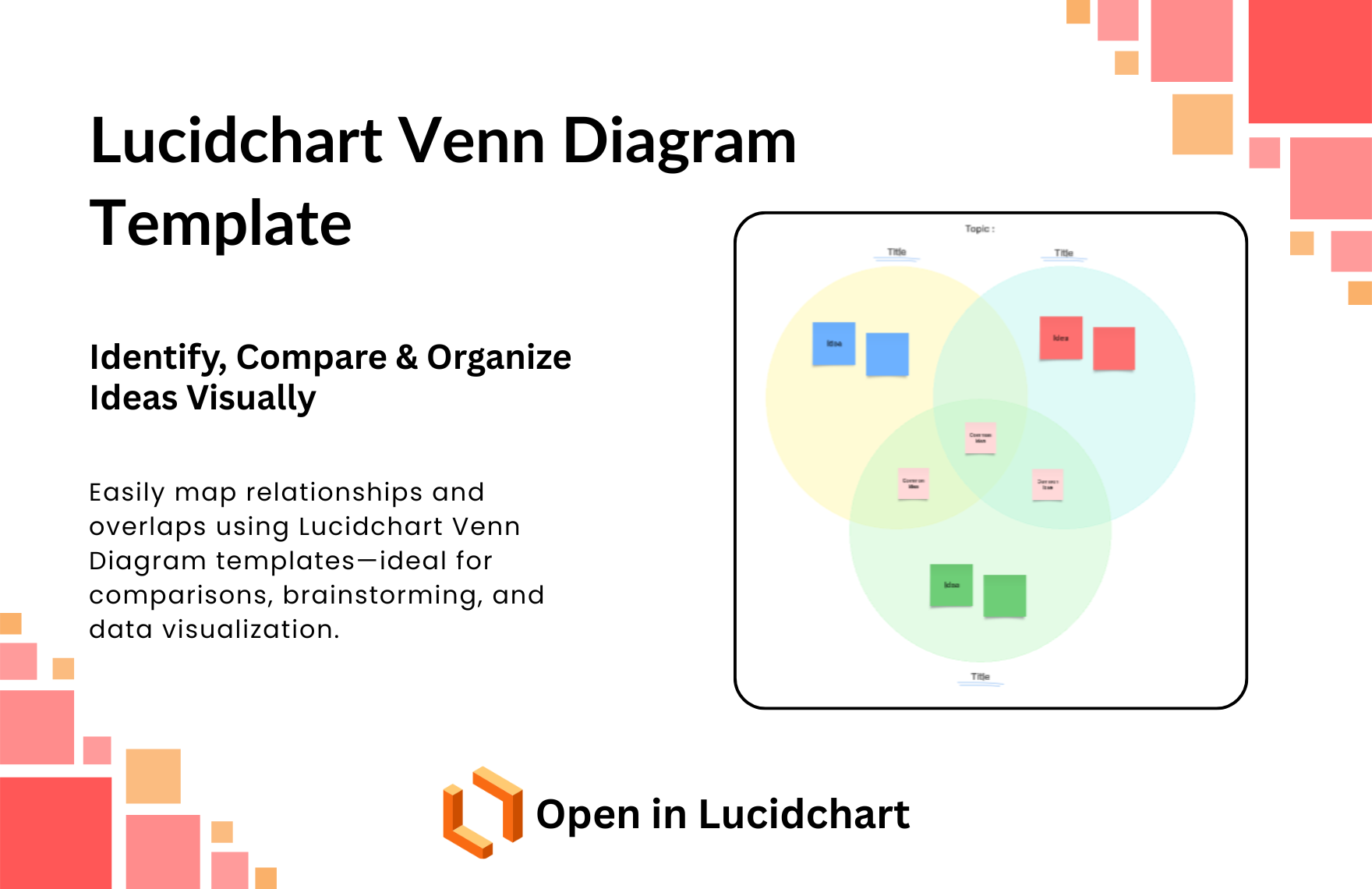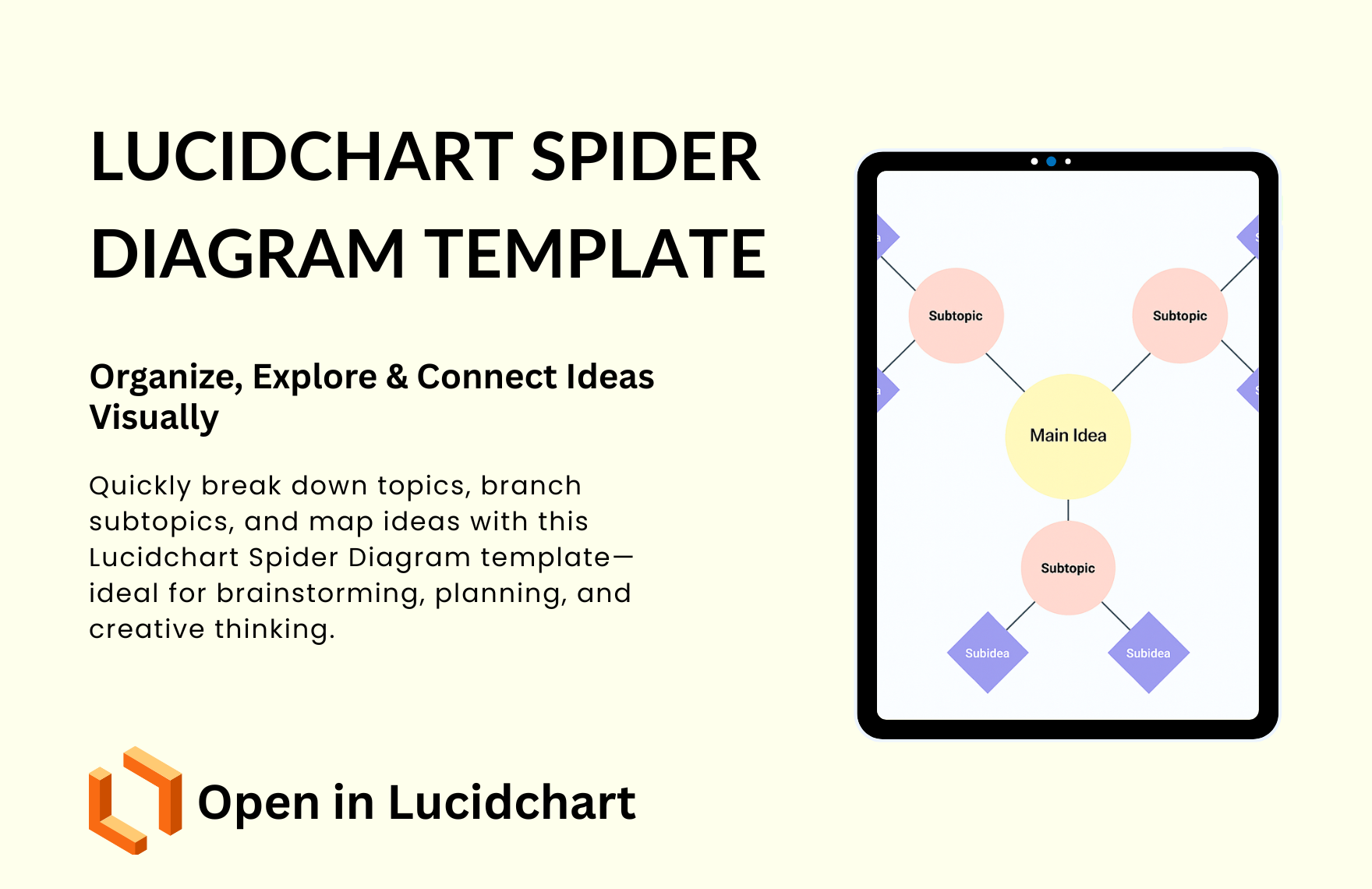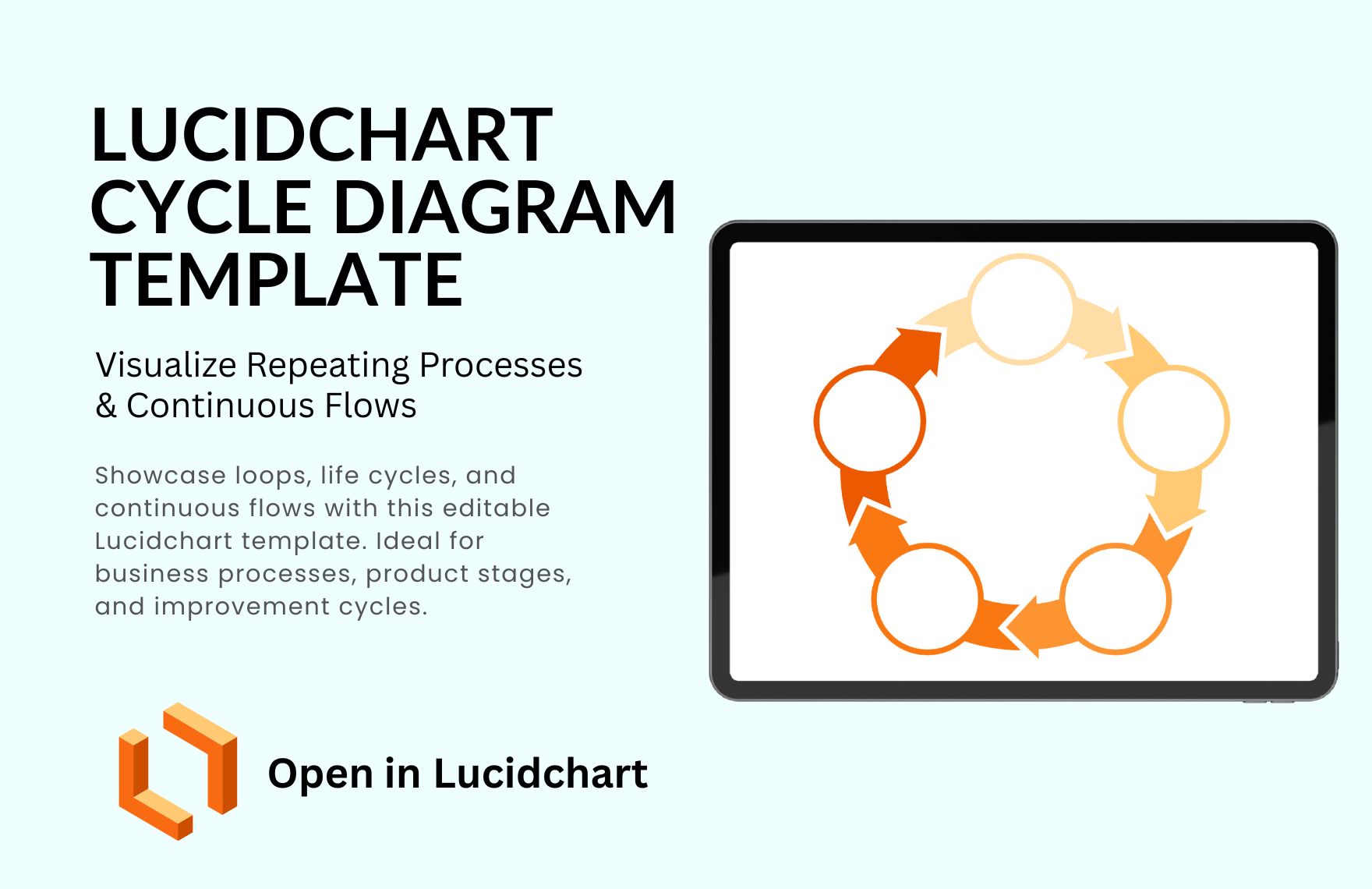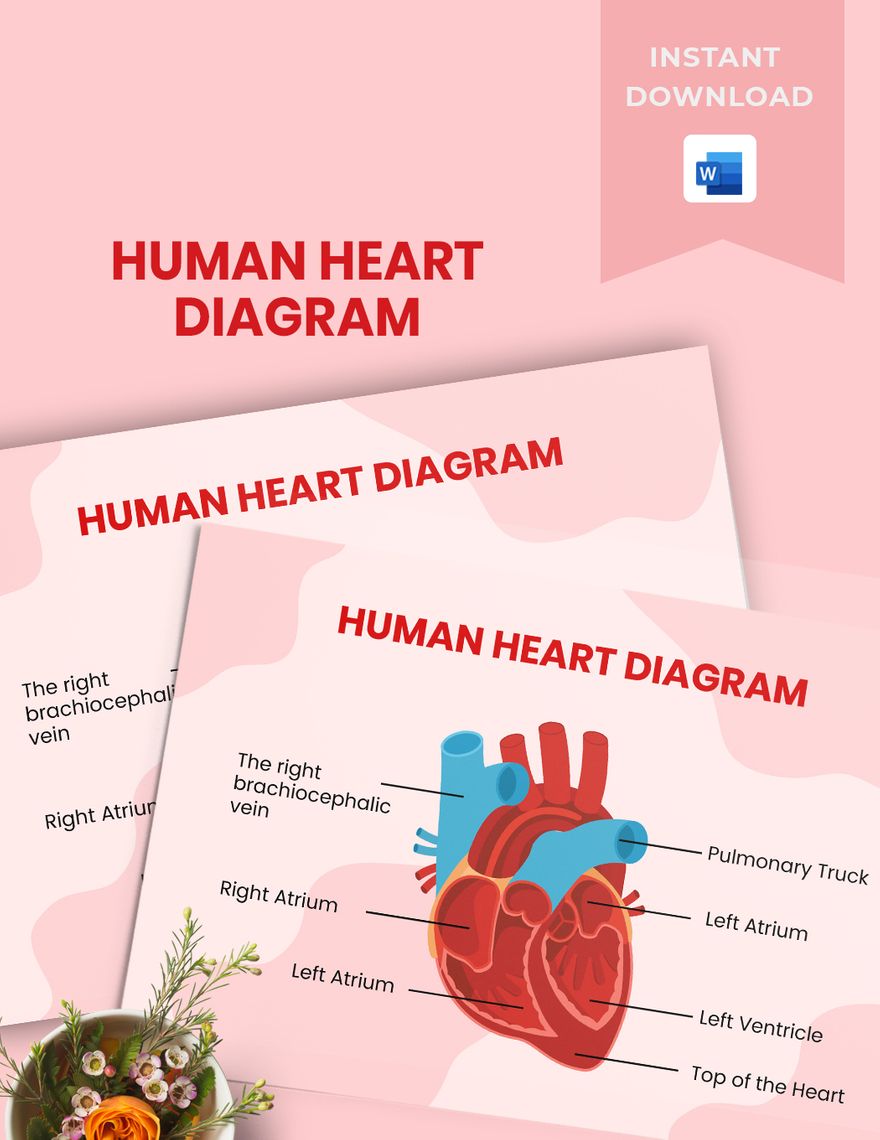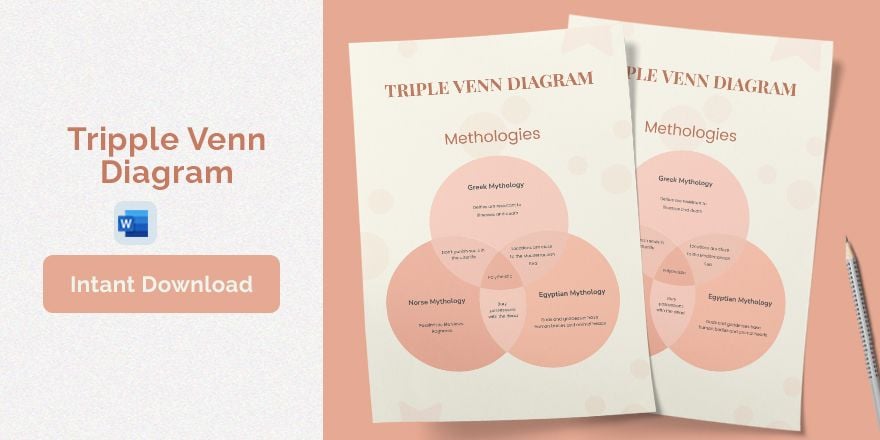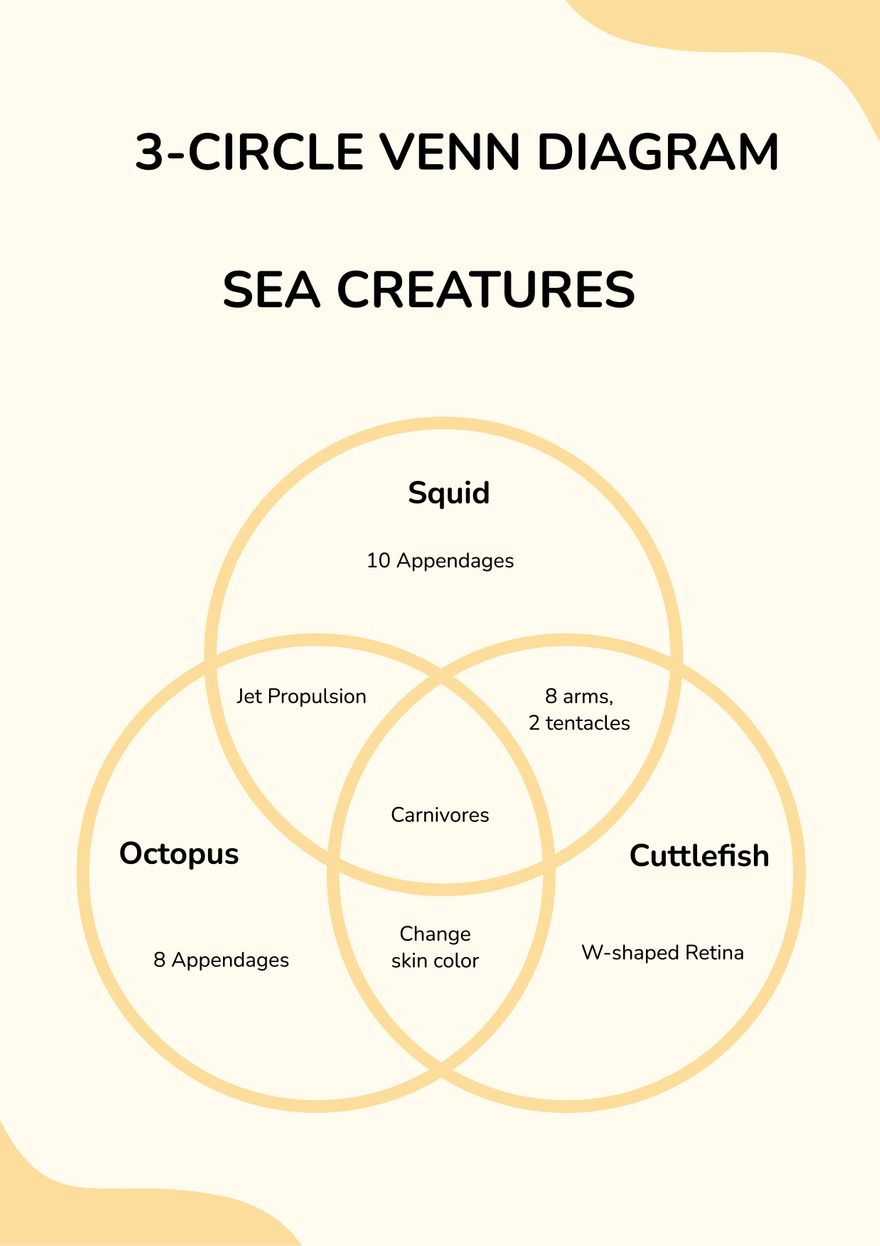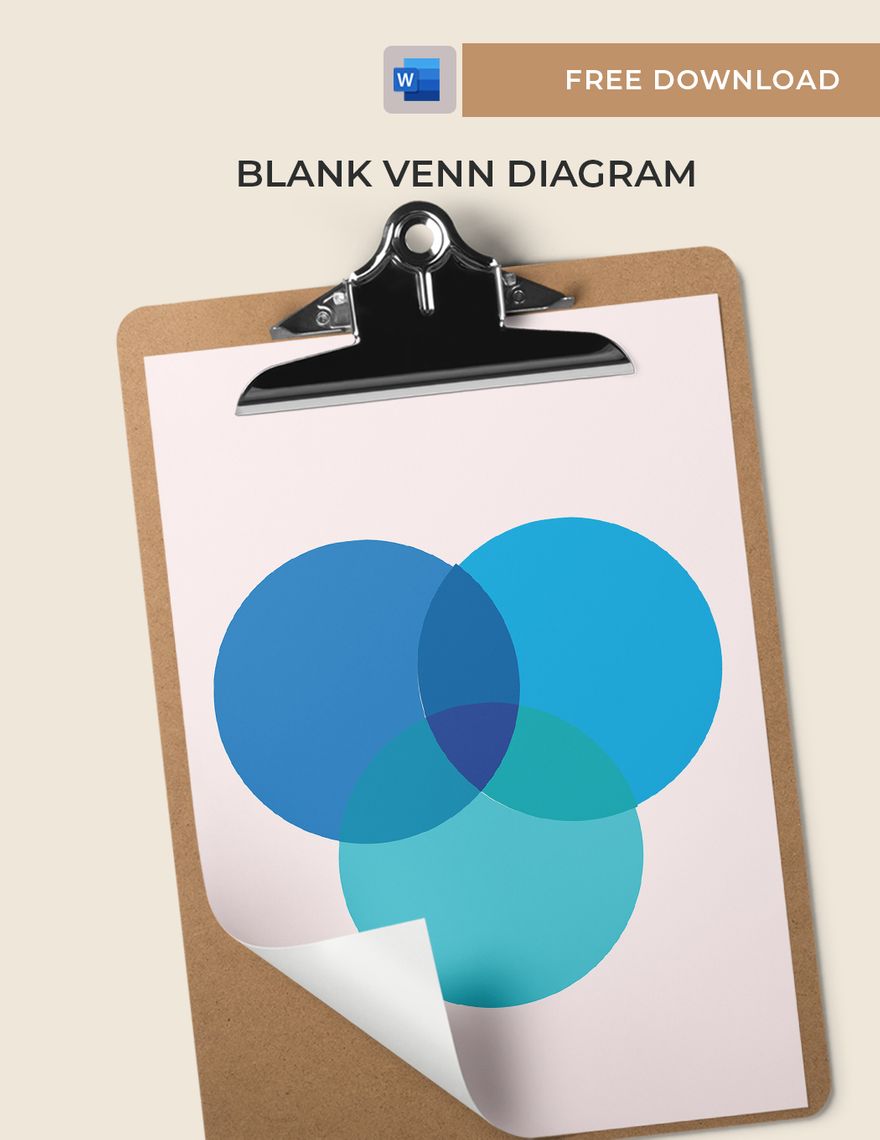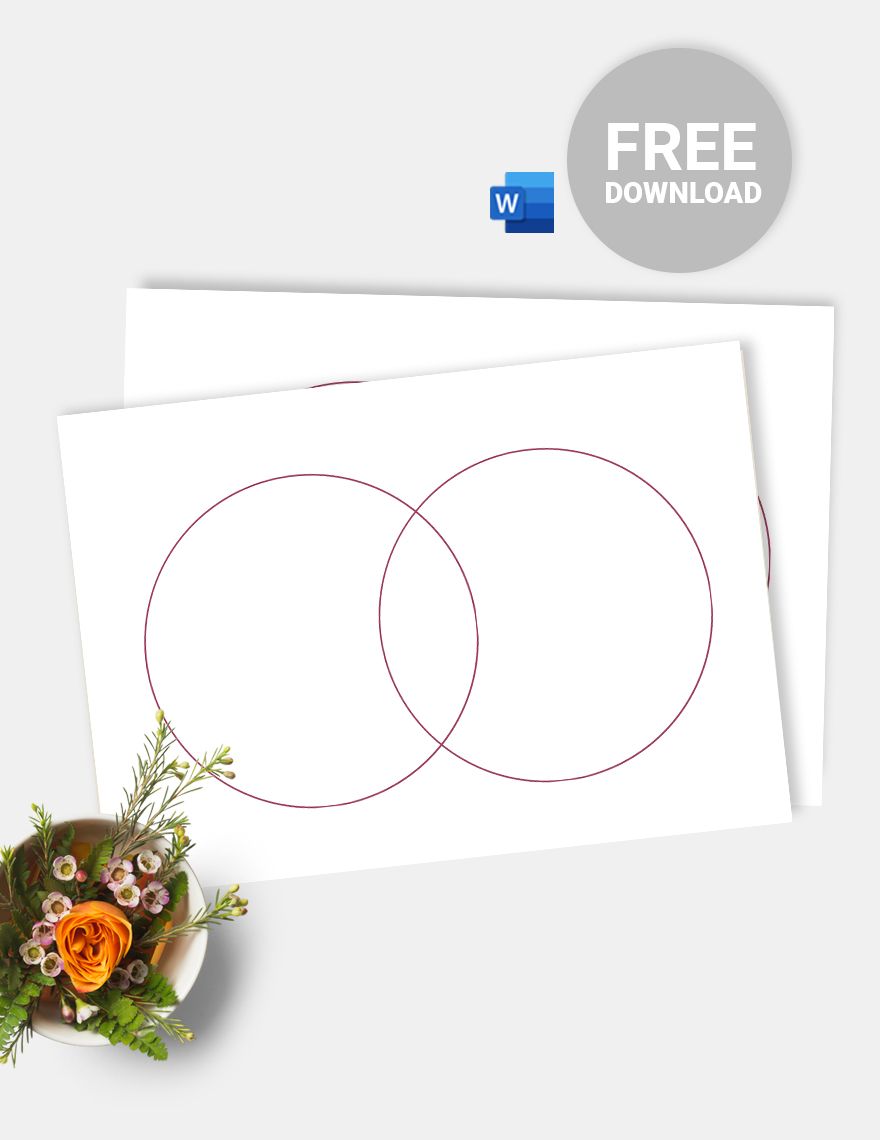Free UML Diagram Template
Free Download this Free UML Diagram Template Design in Lucidchart Format. Easily Editable, Printable, Downloadable.
Lucidchart UML Diagram Templates provide the perfect starting point for creating clear, organized, and easy-to-understand system models. Whether you’re working on a class diagram, use case diagram, or sequence diagram, these templates help you map out your systems, software, and processes effectively. With 6 different variations to choose from, you can customize your diagrams to fit your project’s needs and communicate complex technical concepts with ease.
Why Choose Lucidchart for UML Diagrams:
-
Comprehensive Template Options: Lucidchart offers a variety of UML diagram templates, including class diagrams, use case diagrams, sequence diagrams, and more.
-
Customizable Elements: Easily modify diagram components like classes, interfaces, relationships, and more to reflect the specific structure of your system.
-
Intuitive Interface: The easy-to-use drag-and-drop interface allows users of all skill levels to create professional-quality UML diagrams.
-
Collaboration Ready: Work together with your team in real-time to update and review diagrams, ensuring a seamless workflow.
-
Versatile and Scalable: Whether for small projects or large systems, these templates can be scaled to suit a wide range of applications.
Types of UML Diagrams You Can Create:
-
Class Diagram: Represents the structure of a system by showing its classes, their attributes, methods, and the relationships between them.
-
Use Case Diagram: Visualizes the interactions between users (actors) and the system, helping you understand user requirements and system behavior.
-
Sequence Diagram: Models the flow of messages between objects in a system over time, helping you design and understand processes.
-
Activity Diagram: Illustrates the workflow of a system, showing the sequence of activities and decisions in a process.
-
State Diagram: Shows the various states of an object and the transitions between those states, providing insight into system behavior.
-
Component Diagram: Depicts the high-level components of a system and their interrelationships, giving an overview of the system's architecture.
How These Templates Can Benefit Your Projects:
-
Efficient System Modeling: Quickly represent complex systems and software structures with the flexibility to tailor the diagrams to your specific needs.
-
Clear Communication: UML diagrams provide a standardized way to present technical concepts, making it easier to communicate ideas with developers, stakeholders, and non-technical team members.
-
Documentation and Analysis: Use UML diagrams to document system behavior, architecture, and processes, helping you analyze and improve system designs.
-
Collaboration: Share diagrams with your team for real-time feedback, editing, and collaborative decision-making, making it easier to stay aligned.
-
Enhanced Productivity: With predefined templates, you can save time and effort on diagram creation, allowing you to focus more on the system design itself.
Compatibility:
-
Lucidchart
-
Lucidspark
-
Desktop & Web Access
-
Real-time Collaboration
